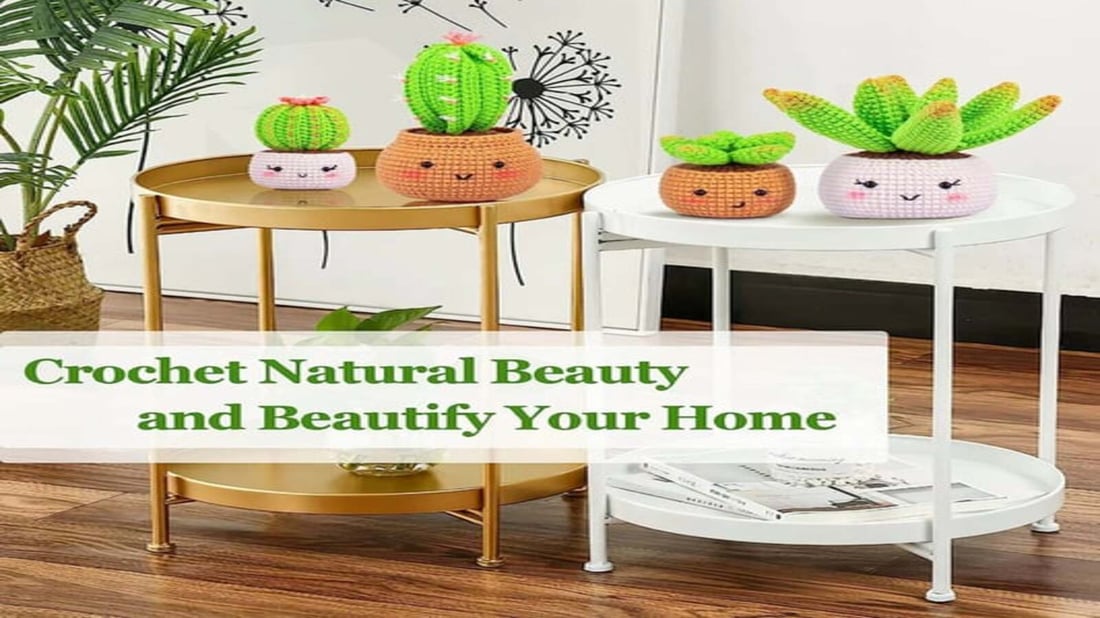Understanding Knitting Needle Sizes
When it comes to knitting, the size of your needles can make a huge difference in the outcome of your project. Knitting needle sizes are typically measured in millimeters and range from as small as 2mm up to as large as 25mm. The size of your needle will impact the size of your stitches, the drape of your fabric, and the overall feel of your project.
Choosing the Right Needle Size
The size of needle you choose will depend on the type of yarn you are using and the pattern you are following. Thinner yarns generally require smaller needles, while thicker yarns will need larger needles to create the desired fabric density. It's important to refer to the recommended needle size on your yarn label or pattern to ensure you are using the correct size.
Common Needle Sizes
Some of the most common needle sizes for knitting include 4mm, 5mm, and 6mm needles. These sizes are versatile and can be used with a wide range of yarn weights. They are perfect for beginner knitters who are just starting to experiment with different stitches and patterns.
Specialty Needle Sizes
In addition to the standard needle sizes, there are also specialty needle sizes available for specific types of projects. For example, sock knitters often use tiny 2mm needles to create intricate and dense fabrics, while chunky knitters may opt for large 10mm needles for quick and bulky projects.
Interchangeable Needle Sets
If you are an avid knitter, investing in an interchangeable needle set can be a cost-effective and space-saving option. These sets typically come with a range of needle sizes and cable lengths that can be swapped out to accommodate different projects. They are perfect for knitters who like to have options on hand.
Knitting Needle Materials
Knitting needles come in a variety of materials, including metal, wood, and plastic. Each material has its own unique properties that can affect your knitting experience. Metal needles are smooth and slippery, making them great for fast knitters, while wooden needles have more grip and are ideal for working with slick yarns.
Needle Size Conversion Chart
If you are working on a pattern that uses needle sizes from a different measurement system, having a needle size conversion chart on hand can be incredibly helpful. These charts allow you to easily convert between millimeters, US sizes, and UK sizes, ensuring you are using the right needle for your project.
Adjusting Needle Size for Tension
If you find that your tension is too tight or too loose, adjusting your needle size can help correct the issue. Switching to a smaller needle size can tighten up your stitches, while moving to a larger size can loosen them. Experimenting with different needle sizes is a great way to fine-tune your knitting technique.
Needle Gauge Measurement
Another important aspect of needle sizes is gauge measurement. This refers to the number of stitches and rows per inch that can be achieved with a specific needle size. Checking your gauge before starting a project is crucial to ensure that your finished piece turns out the correct size and fit.
Exploring New Needle Sizes
As you continue to grow as a knitter, don't be afraid to branch out and try new needle sizes. Experimenting with different sizes can open up a whole new world of possibilities in terms of texture, drape, and stitch definition. So go ahead, grab a set of needles in a size you've never used before and see where your creativity takes you!
Quote Inquiry
Contact us

